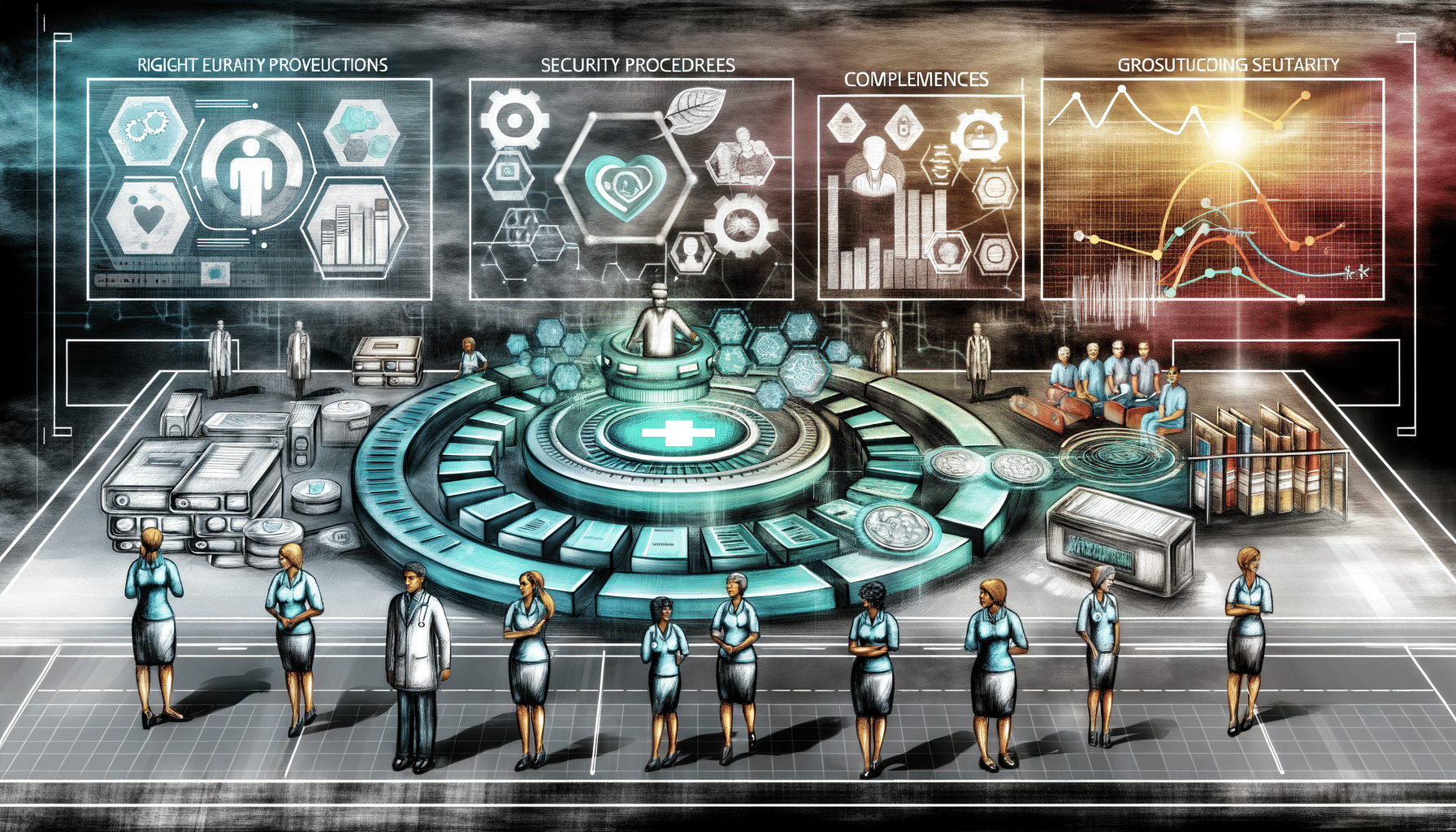Revolutionizing Healthcare with Essential EHR Features
In today’s rapidly evolving digital landscape, navigating the complex world of healthcare information management has never been more challenging. It’s no secret that an efficient Electronic Health Record (EHR) system is critical to successful healthcare operations—acting as the backbone of a practice’s administrative and clinical functions. Let’s dive into the must-have EHR features that ensure security, compliance, and efficiency, projecting a transformative impact on patient care.
The Foundation of a Robust EHR System
When considering an EHR system, it’s not merely about digitizing paper records. The true power lies in leveraging technology to enhance patient care through improved documentation, communication, and analysis. With the right ehr features, healthcare providers can streamline processes, maintain compliance, and foster innovation. Here are the essential EHR tools one must prioritize:
1. User-Friendly Interface
An EHR’s interface should offer an intuitive, user-centered design that facilitates seamless navigation. This ensures that healthcare professionals can efficiently access patient records, input data, and manage their workflows without unnecessary complications. The key here is simplicity that reduces cognitive load and supports speedy data processing.
2. Interoperability and Integration
In a world where collaboration is vital, interoperability stands as a hallmark of digital health innovation. An EHR system should be able to integrate with other healthcare systems, such as laboratories, pharmacies, and billing platforms, ensuring continuity of care through seamless data exchange. As I grow RecordsKeeper.AI, integration is an aspect we profoundly emphasize to ensure organizations can easily plug our solutions into existing systems.
3. Enhanced Security Measures
Protecting patient data is paramount in EHR systems due to stringent regulations like GDPR, HIPAA, and SOX. Integrated security tools, including encryption, role-based access control, and audit trails, bolster the protection against breaches and data tampering. As a firm believer in leveraging technology responsibly, weaving security into the fabric of EHRs is non-negotiable.
4. Comprehensive Clinical Documentation
Effective clinical documentation is central to accurate patient treatment and billing. An EHR system should support the collection of detailed, standardized notes that can be easily retrieved, modified, and shared among practitioners. Features such as voice recognition and customizable templates simplify documentation while reducing clinician burnout.
5. Real-Time Analytics and Reporting
Informed decision-making in healthcare relies heavily on data insight. EHR features equipped with analytic capabilities enable practitioners to identify trends, evaluate treatment efficacy, and improve practice management. Real-time reporting functions help streamline operations and align with value-based care initiatives.
6. Patient Portal and Engagement Tools
Today’s patients are more engaged and proactive about their healthcare than ever. An effective EHR should provide a patient portal where patients can access their medical history, schedule appointments, and communicate securely with healthcare providers. Such empowerment fosters transparency, promotes adherence, and improves overall patient satisfaction.
7. Mobile Compatibility
Healthcare doesn’t stop at the clinic’s front door. Mobile compatibility ensures that practitioners can access and update patient data anytime, anywhere. As I’ve observed through RecordsKeeper.AI’s journey, enabling mobile access greatly contributes to operational agility and provider responsiveness.
8. Customizable Workflow Features
Every healthcare practice has unique needs and processes. EHRs should offer customizable workflow tools to accommodate different specialties and operating models. By tailoring the system’s architecture to match practice-specific requirements, practitioners can realize significant productivity gains.
Embrace the Future with Comprehensive EHR Systems
As the healthcare industry marches toward a more integrated and data-driven future, the need for robust EHR systems has never been more evident. When embarking on this digital transformation, it’s crucial to seek systems that offer these essential EHR tools tailored to your needs. As a founder deeply invested in the potential of cutting-edge technologies, I encourage professionals to prioritize flexible, scalable, and secure EHR solutions that will evolve with their practices.
Ultimately, the transformation of your record-keeping process into a strategic advantage depends on the thoughtful selection of EHR systems that align with your goals for efficiency, compliance, and patient care. To explore more about how RecordsKeeper.AI can support your healthcare initiatives through groundbreaking AI and blockchain technologies, feel free to delve further into our insights and solutions. Let’s revolutionize healthcare records together, with innovation leading the way.








